“Knowledge is of two kinds: We know a subject ourselves, or we know where we can find information on it.”
~ Samuel Johnson (1709-1784)
Informal Communication Networks
written by Cynthia Oelkers
In business textbooks, communication networks are drawn very neatly in flow charts: Communication should flow from bosses down to employees and from direct reports up to managers.
But we all know if we drew a real communication network, it would look more like a hairball: people in our organizations are inextricably connected to each other without regard to formal reporting structures.
Informal networks like these have been shown to be essential to getting ahead in the workplace and improving your personal effectiveness.
But, you have to know how to do it:
Network with “weak links”
Sounds counter-intuitive, doesn’t it? But, in communication research a “weak link” is an association with someone whose job functions, personality, and experiences are SIGNIFICANTLY different than your own.
The truth is, we all tend to network more with people who have a lot in common with us (“strong links”): same friends, same duties, same building. The problem is, groups like this tend to RECYCLE knowledge. They just pass around information to the same people over and over again.
The key is to form associations with people who can add NEW and DIFFERENT information to your work. Are you in marketing? Go schmooze with some engineers. Are you in finance? Go to lunch with someone in order processing. Pick someone who has some influence within their own group.
By doing this, you bridge the gap between the two groups. As the bridge, you will become the broker of information between their team to yours. You’re more likely to be the first to know important information and you can influence how it is revealed to your own group. In addition, you’ll be in a better position to assemble cross-functional teams to quickly solve issues that affect diverse groups.
The bottom line? This gives you a competitive advantage. Your team will start relying on you every time they need something from your “weak link”. It makes you more necessary to the team and shows that you are trusted by people across the organization!
